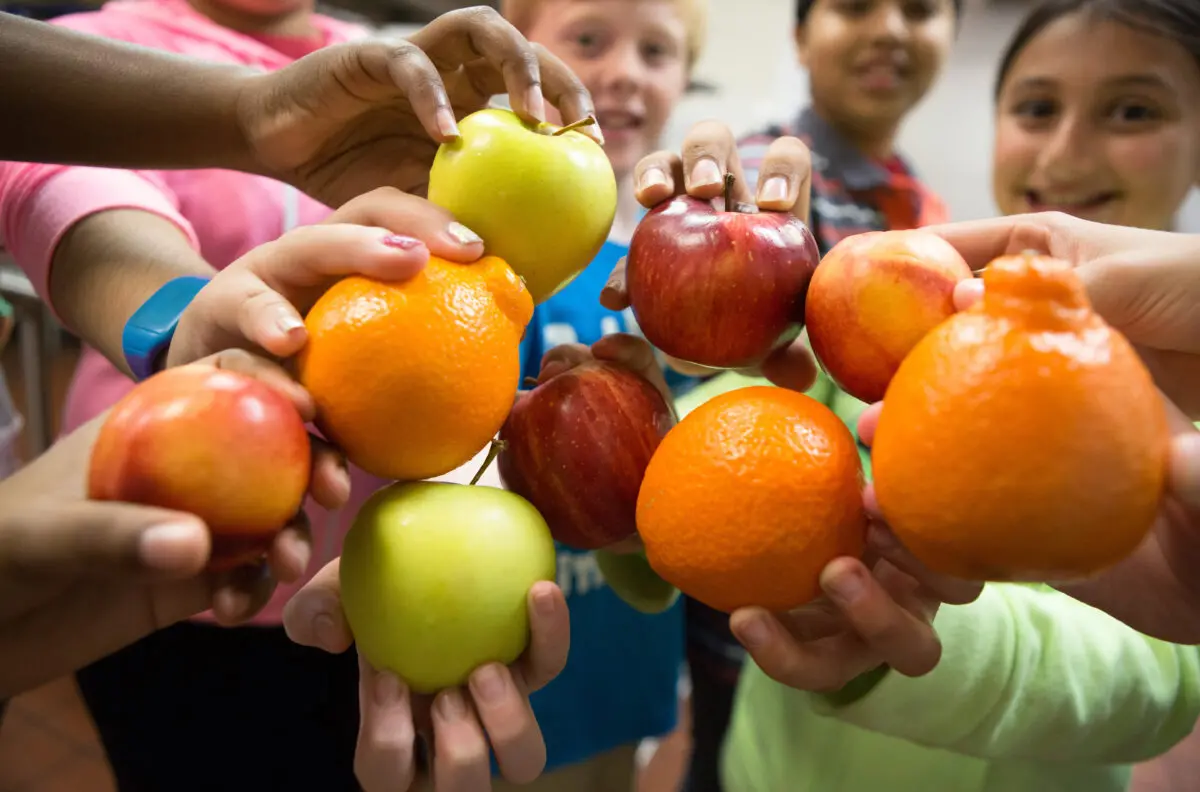Can you define food insecurity?
Food insecurity, at least as we conceptualize it in the United States, means lacking access to enough food for an active, healthy life. Another way that we sometimes describe it is that you have limited or uncertain availability of nutritionally adequate foods for your household.
That might mean that you’re running out of money and you’re not sure you’ll have enough to buy more food or even that you’re skipping meals for an entire day.
And are there other questions or standards that are different between kids and adults?
The food security module that’s used in surveys asks questions about both the adults in the household, and children. Having children with food insecurity is less common though because adults tend to shield kids, not surprisingly. But we also know that children living in food-insecure households—even if they perhaps have more adequate resources than their parents—is still related to poor outcomes. So, we’re very concerned if children are identified as directly food insecure, but we also understand that larger universe of kids living in a food insecure household is a risk we should be worried about.

